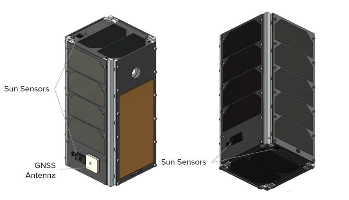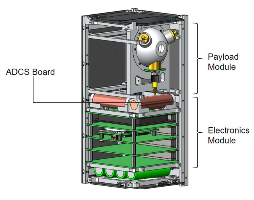| Spacecraft | ORCASat (ORCA2Sat, ORCA2Sa, Optical and radio calibration of atmospheric attenuation CubeSat, Optical and Radio Calibration Satellite, Optical Reference Calibration Satellite) |
|---|---|
| Type | CubeSat |
| Units or mass | 2U |
| Status | Reentry 2023-07-11. Was operational until re-entry (NASA SmallSat webinar on 2024-02-14) |
| Launched | 2022-11-26 |
| NORAD ID | 55126 |
| Deployer | NRCSD (NanoRacks CubeSat Deployer) [Quad-M] |
| Launcher | Falcon 9 (CRS-26) |
| Deployment | Deployed from ISS on 2022-12-29 |
| Organisation | University of Victoria |
| Institution | University |
| Entity type | Academic / Education |
| Nation | Canada |
| Partners | Simon Fraser University, University of British Columbia, Technical University of Lisbon, Harvard University (USA), National Research Council, Space Systems Loral |
| Oneliner |
Calibrate optical and radio observatories in to reduce uncertainties in measurements of the Universe expansion rate. |
| Description |
The primary mission of ORCASat is student education and highly qualified personnel training in aerospace engineering through having university students at the undergraduate and graduate level undertake a real life satellite mission. Secondary mission: The purpose of the secondary mission is to provide requirements and constraints to the construction of ORCASat, and expose students to the process of designing a satellite meeting them. This makes the primary mission a much more valuable learning experience by making the project resemble what is done in industry. The secondary mission is an optical calibration light source in low Earth orbit that will be used by research and educational groups to calibrate ground based optical telescopes. Calibration of these telescopes will be used to remove uncertainties on photometric measurements caused by the attenuation of Earth’s atmosphere. By placing a known light source above the atmosphere, information about the light source can be downlinked to the telescope as seen from the satellite and compared to the telescopic measurements. Develop and test new advancements in technology to better understand “dark energy,” an enigmatic form of energy making up 75% of the universe believed to cause the universe to expand at an accelerating rate. Operating with two payloads, ORCA2Sat will calibrate a number of both optical and radio observatories in an effort to reduce uncertainties associated with measurements of the universal expansion rate. These calibrated measurements may provide new insights into the nature of dark energy and the universal expansion rate. |
| Results | |
| Notes |
One of 15 winners of Canadian CubeSat Project. |
| Sources | [1] [2] [3] [4] [5] [6] [7] |
| Photo sources | [1] [2] [3] [4] [5] [6] [7] [8] |
| COTS subsystems |
|
| Subsystems sources | [1] |
| COTS compoments |
|
| Components sources | [1] |
| On the same launch |
Last modified: 2024-05-22
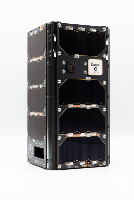
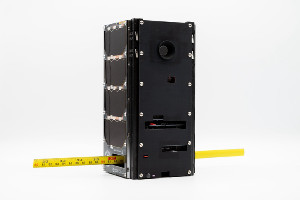
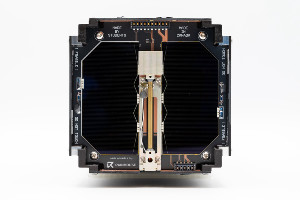
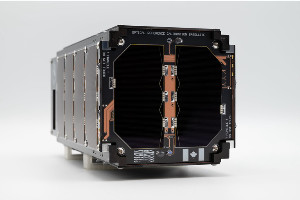
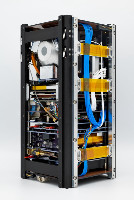
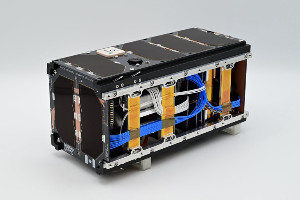
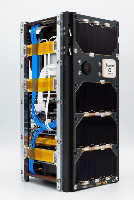
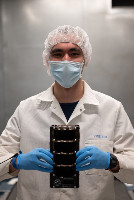
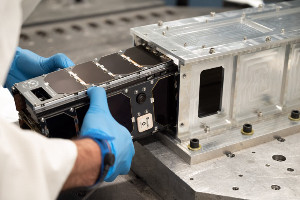
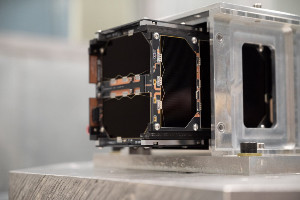
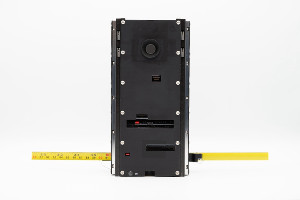
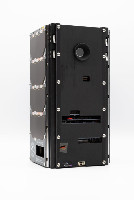
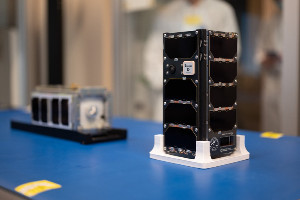
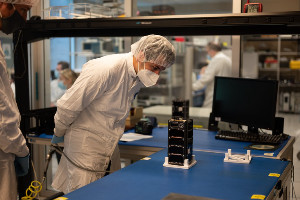
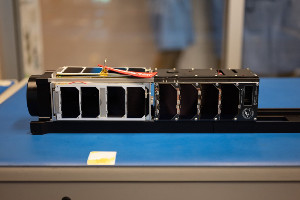
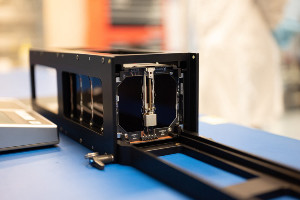
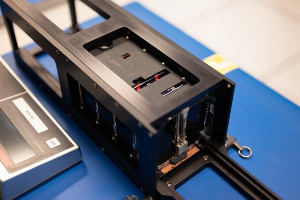
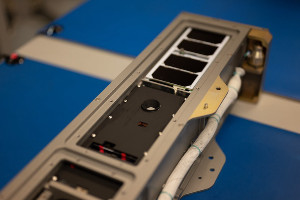
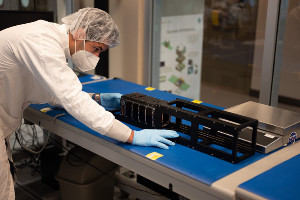
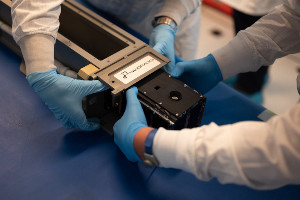
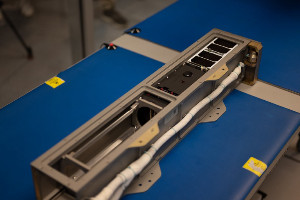
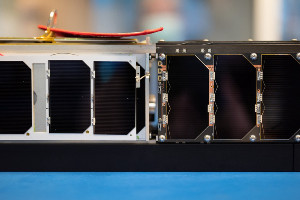
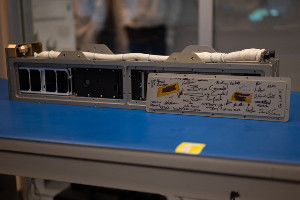
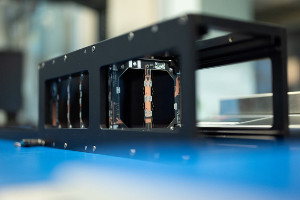
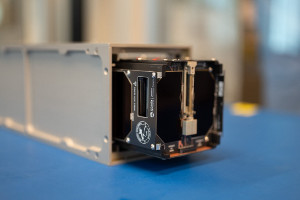
.jpg)
